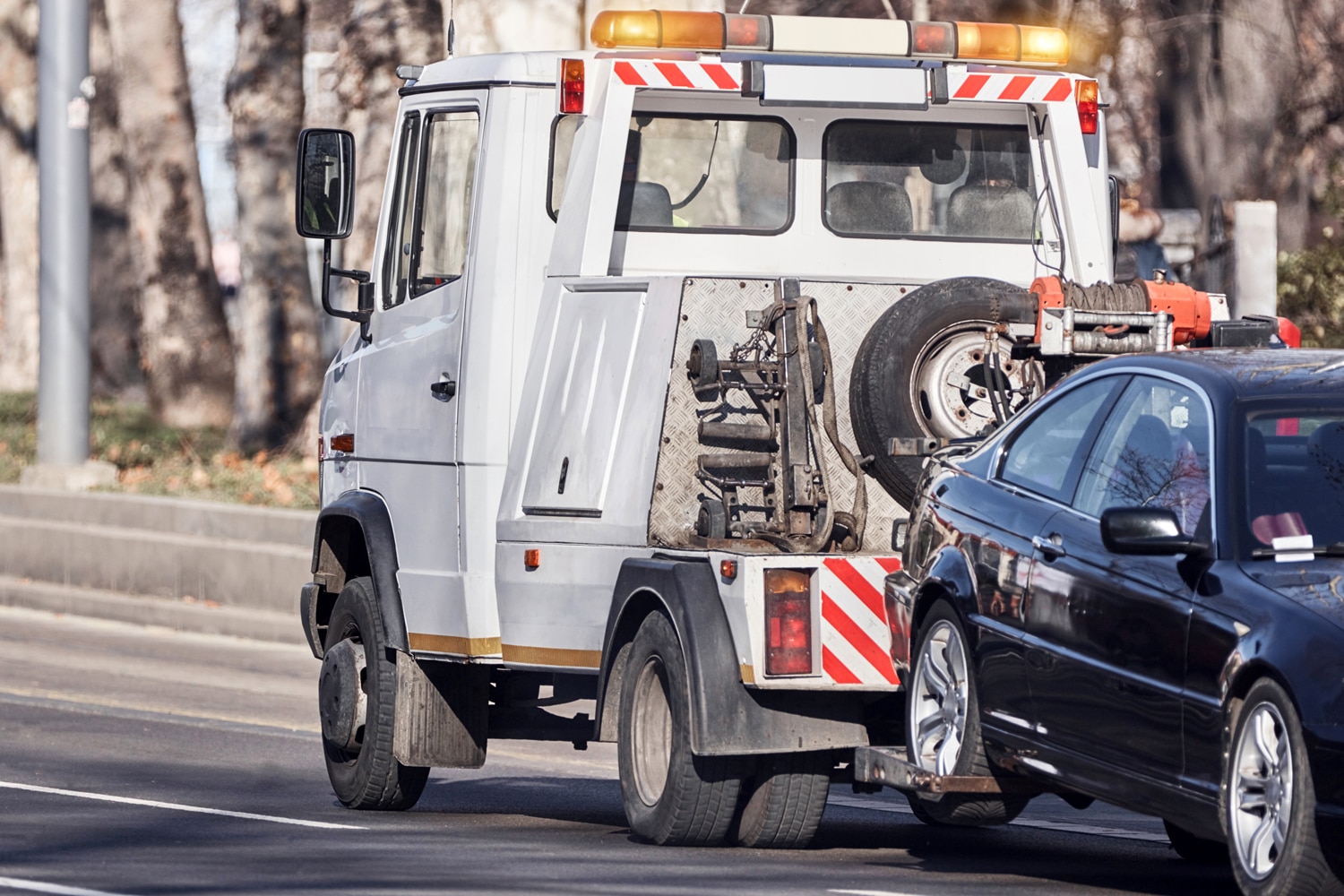How To Reinstate a Loan After a Repossession
A guide for those looking to reinstate a loan after their car is repossessed.
 Shutterstock
Shutterstock
Just because a car was repossessed doesn't mean it's the end of the road for ownership. One option a borrower has to get the car back is to reinstate a loan after a repossession. So how does the reinstatement process work, and what are the alternatives to reinstating a loan?
What Is Reinstatement?
Reinstating a loan means the borrower brings the loan current by paying all past due payments and late fees, along with all the lender's repossession costs. Once the loan is reinstated, the borrower takes the car back and resumes payments again just as before.
As the borrower, your credit report will still show that you fell behind on payments, but at least you have the car back. You'll also be on the road to improving your credit by making regular payments.
How Does the Reinstatement Process Work?
The right to reinstatement is usually included as a clause in your auto loan agreement. A borrower who is interested in reinstating their loan after repossession should call their lender right away and request a reinstatement quote be sent to them in writing. This quote will include the total amount necessary to bring the loan current, as well as the timeframe for doing so.
It's also important to note that borrowers should move fast, since most lenders are only required to honor a reinstatement quote for 10 to 15 days. Also keep in mind that in some cases, the lender will let you work out a new payment plan while reinstating your loan. That could mean smaller payments or a longer loan term, depending on your situation and the lender's flexibility.
Does This Vary by State?
Even if there isn't a right to reinstatement clause in your loan agreement, some states have laws requiring lenders to provide the right to reinstatement on a delinquent loan. Contact your
Even if your state or lender doesn't allow you to reinstate a loan after a repossession, you still have other options. You could either buy back the car at an auction or redeem the car from the lender.
What Is Redemption vs. Reinstatement?
Redemption means the borrower pays off the entire loan balance plus any repossession-related costs, such as towing and storage fees. After repossession, your lender will notify you of the total amount due and which date the car will be sold at an auction. If you can redeem it or pay off the loan balance before it's sold, you'll get your car back.
One of the benefits of going the redemption route — besides getting your car back — is that the borrower won't owe a deficiency balance if the car sells at an auction for less than the amount left on the loan.
While redemption is paying off the entire loan balance, reinstatement means getting current on the loan by paying just the past due amounts, to include late fees and repo costs. Unlike the right to reinstatement — every state allows some right to redemption.
Bottom Line
If your car is repossessed, you do have options to get it back — including reinstatement and redemption. Both options can be costly and will leave a mark on a borrower's credit history. The better option (if possible) is to avoid having your car repossessed in the first place. If you are a borrower struggling to make your car loan payments, contact your lender to discuss your options, including refinancing the loan, extending the loan, setting up a payment plan to help you get current, or another loan modification option to help borrowers get through difficult financial situations.
Written by humans.
Edited by humans.
 Sheryll Poe
Sheryll PoeSheryll Poe is a journalist and freelance writer based in Washington, D.C. where she writes about the latest news and trends in the automotive, finance, retail, and technology industries. With over two decades of experience, Sheryll has bylined hundreds of stories for websites, magazines, newspapers for trade associations and business clients. When not wielding words on behalf of clients, she enjoys cooking (and eating), watching bad reality television, and traveling the world.
Related articles
View more related articles